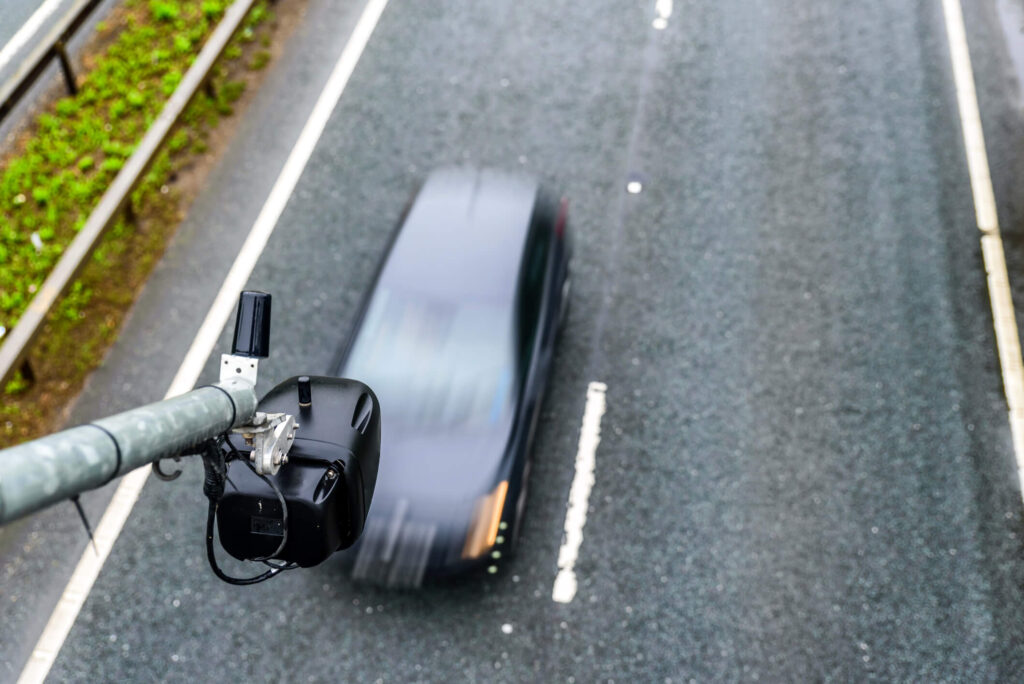Multi-Lane Carriageways: Everything You Need to Know
Do you know the difference between single and dual carriageways? Or the safety rules that apply when driving on these roads? Look no further.

Multi-lane carriageways are the source of confusion for countless numbers of learner drivers.
Having a good understanding of how they work will help you to feel confident in your driving ability. When used correctly, they are an effective method of keeping traffic flowing and maintaining road safety.
Single Carriageways
In order to understand how multi-lane carriageways work, it is helpful to first establish what a single lane carriageway is. Single carriageway roads are those which have one, two or more lanes arranged in a single carriageway with no central reservation to separate flows of traffic going in the opposite direction.
*note the distinguishing factor between single and dual carriageway roads is that a road will remain a single carriageway road unless the lanes are separated by a central reservation (barrier).
Dual Carriageways
Dual carriageway is the term used to describe a road in which there is at least one lane of traffic travelling in one direction and at least one lane of traffic travelling in the other direction, separated by a central reservation. Often, these kinds of roads may have two or more lanes travelling in each direction.
Lane Discipline
Lane discipline is a really important aspect of driving on multi-lane carriageways. The increased speed on these roads mean that any actions taken need to be carefully considered and in-keeping with the highway code.
When driving on a two or three-lane dual carriageway, you should travel in the left hand lane or middle lanes. The right hand lane should only be used in the event of overtaking or turning right. If you wish to change lanes you should proceed with care, first checking your mirrors and then using your signal before making a manoeuvre.
Joining
In order to safely join a dual carriageway, certain precautions must be taken. Firstly, it is important to gain speed as you progress along the slip road, ideally to match that of those already on the dual carriageway. You should be looking for an opportunity to join the dual carriageway as soon as you come onto the slip road, allowing plenty of time. Make sure you signal right to announce your intention to other road users. Maintain your line of vision in the direction you’re travelling with quick checks to your right to assess the traffic.
Once you have successfully joined, make sure that you create at least a two-second gap between yourself and the car in front.
If it is busy, or there is not a clear opportunity to join, slow down slightly until it is possible. Often in busier periods, such as rush hour, you may find yourself stopping behind the junction line as you wait for an opening.
Leaving
Exiting a dual carriageway should be relatively straightforward. Once you have established which exit you’re going to take, you will see green countdown markers. The first sign will have three white slashes which indicate that you are 300 yards from the exit, followed by two slashes (200 yards) and one slash (100 yards). It is good practice to begin your exit procedure as you see these countdown markers.
Firstly, check your mirrors and then signal to the left. As you enter the exit junction begin to slow your speed.
Crawler Lanes
Crawler lanes are most often found on roads with steep gradients. They are designed for use by slower-moving vehicles such as lorries or buses, therefore allowing faster-moving traffic to pass freely.
The prospect of multi-lane carriageways may seem daunting at first but practice really does make perfect.
If multi-lane carriageways are an area of concern throughout your learning experience, make sure to communicate this with your instructor so that you can work together to improve your confidence. Or alternatively, if you’ve already passed your test and are still wary of certain multi-lane carriageway roads, consider having some refresher lessons.
For more information regarding multi-lane carriageways, visit the Highway Code section of the GOV.UK site.
For information regarding the speed limits that apply on different carriageways, see here.




